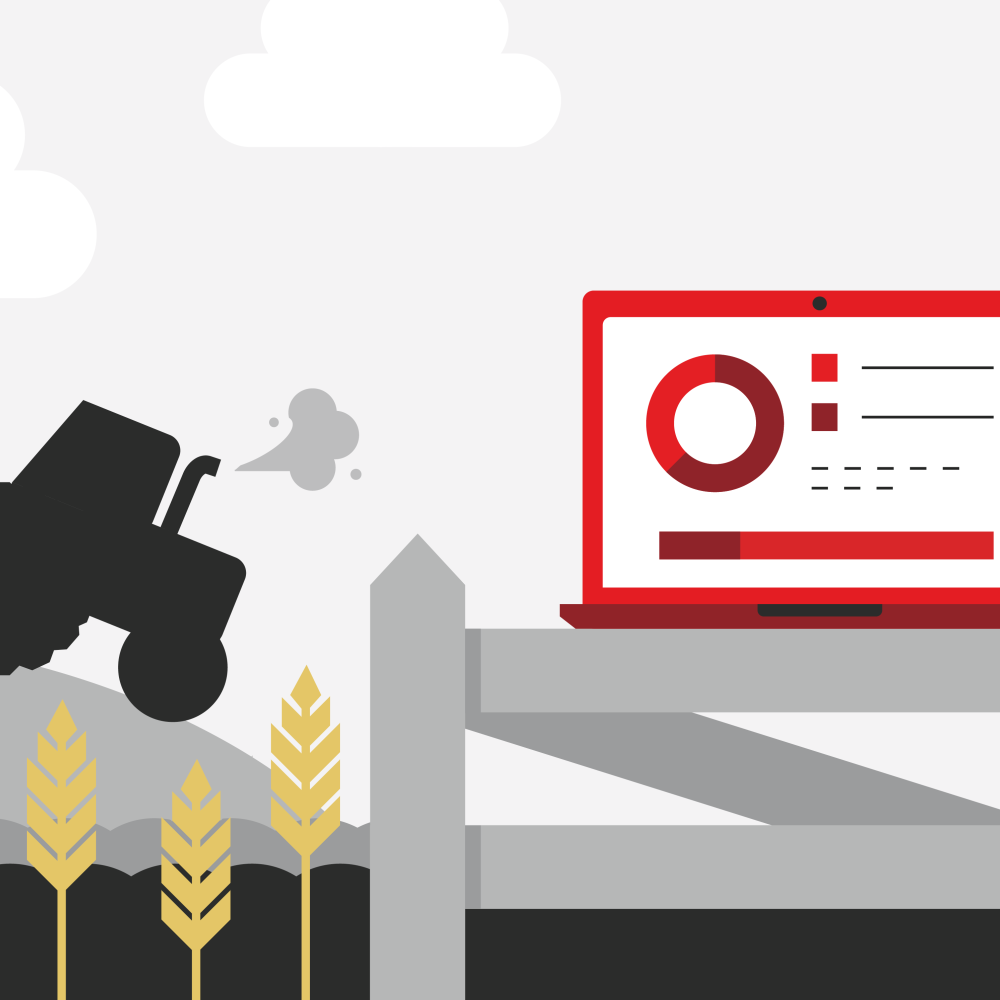Positively Taxing: Spring Statement Changes
2 April 2025 Reading time: 4 minutes

April is here, and so are the latest tax updates to keep you informed and ahead of any surprises. We’ve broken down the key changes and what they mean for you, so let’s dive in.
Spring Statement 2025
On 26 March 2025, Chancellor Rachel Reeves presented her Spring Statement to parliament. Despite a backdrop of low economic growth and increasing government borrowing costs, she remains committed to her ‘non-negotiable’ fiscal rules. In short: no extra borrowing, no sudden tax bombshells, and a laser focus on government spending. A full review of this spending will be announced on 11 June 2025, setting the course for 2026/27 to 2028/29.
Several of the tax changes below were unveiled during the Chancellor’s update. Brace yourself.
Self-Assessment
The High-Income Child Benefit Charge (HICBC)
If your income exceeds £60,000 and you or your household receive Child Benefit, HMRC would like a word (and some money). The clawback starts at 1% of the benefit for every £200 over this threshold, meaning by the time you hit £80,000, the benefit is completely wiped out.
From summer 2025, you’ll be able to settle this via PAYE without needing to register for self-assessment. So, a bit less paperwork, but still just as much tax.
Taxable income and self-assessment tax returns
Got a side hustle? Selling a few things online? Buying and selling rare collector’s items like, say, political promises that never materialised? If your trading or rental income is below £1,000 a year, you’re in the clear tax-wise. Above £1,000, you need to report it to HMRC.
For those making between £1,000 and £3,000, a simplified online reporting system is coming. If your side hustle is booming past £3,000, you’ll remain in the full self-assessment system.
And if your total income is over £50,000? You’ll want to read on, as April 2026 brings a fundamental shake-up in tax reporting.
Digital Record Keeping & Quarterly Reporting – MTD FOR IT
If you’re self-employed or a landlord earning over £50,000, welcome to ‘Making Tax Digital for Income Tax’ (MTD for IT). From April 2026, you’ll need MTD-compatible software to report your income and expenses every quarter.
This means tax reporting will become a more regular affair, requiring careful record-keeping throughout the year rather than the traditional single annual submission. While HMRC suggests this will improve accuracy and efficiency, many will likely find the transition challenging, particularly smaller businesses unfamiliar with digital tools.
If your income falls between £30,000 and £50,000, don’t get too comfortable—your turn comes in April 2027.
For those affected, now is the time to start exploring MTD-compatible software, ensuring a smoother transition when the new rules take effect.
Employment Taxes
Employer National Insurance Contributions (NICs)
Employers, take note: NICs are going up from 13.8% to 15% from 6 April 2025. The earnings threshold before you start paying NICs on each employee’s salary is also dropping from £9,100 to £5,000.
In better news, the Employment Allowance is increasing from £5,000 to £10,500, potentially helping some businesses soften the blow. This could particularly benefit smaller employers, allowing them to offset some of the rising employment costs.
Taxes on capital assets
Capital Gains Tax (CGT)
For most asset sales, CGT remains at 18% for basic rate taxpayers and 24% for higher earners.
Business owners, take note: the Business Asset Disposal Relief (BADR) rate is creeping up from 10% to 14% from 6 April 2025, with another increase to 18% coming in April 2026. If you’re thinking of selling up, timing could be crucial. Selling sooner rather than later may mean substantial tax savings.
Inheritance Tax (IHT) for Business Owners & Farmers
There’s been murmuring about changes to Agricultural Property Relief (APR) and Business Property Relief (BPR). The government is floating the idea of capping 100% relief at £1 million of business and agricultural property, with anything above that dropping to 50% relief from April 2026.
For those affected, careful estate planning is more crucial than ever. Business owners should review succession plans and consider potential restructuring options to minimize future tax liabilities.
Stamp Duty Land Tax (SDLT)
Buying a home? From 1 April 2025, the 0% SDLT band drops from £250,000 to £125,000. First-time buyers will see their 0% threshold fall from £425,000 to £300,000 (if the property costs under £500,000).
Translation: buying a house is getting pricier. This change is expected to slow down the housing market, particularly in high-demand areas where first-time buyers rely on tax relief to afford a property. If you're planning to buy, acting before the April deadline could save you thousands.
Dealing with HMRC - Modernisation & Enforcement
New PAYE Portal
From April 2025, a brand-new PAYE portal will allow employees and pensioners to check their tax info, notify HMRC of changes, and attempt to decipher tax code mysteries.
Tackling ‘Phoenixism’
HMRC is cracking down on directors who dissolve companies to dodge tax and debts, only to rise from the ashes like a tax-avoiding phoenix.
Expect tougher enforcement, more personal liability for directors, and greater scrutiny on company dissolutions. This could significantly impact those using dissolution as a tax planning tool.
Tax Fraud Reporting Scheme
A whistleblower reward scheme is on its way, encouraging informants to spill the beans on tax fraud. If you’ve ever fancied yourself as a financial detective, this could be your moment.
In conclusion...
The Spring Statement set the stage for major tax changes in the coming years. While there were no dramatic shifts, the steady evolution of tax rules means businesses and individuals alike need to stay prepared. If any of these changes affect you, we’re here to help—reach out with any questions.





